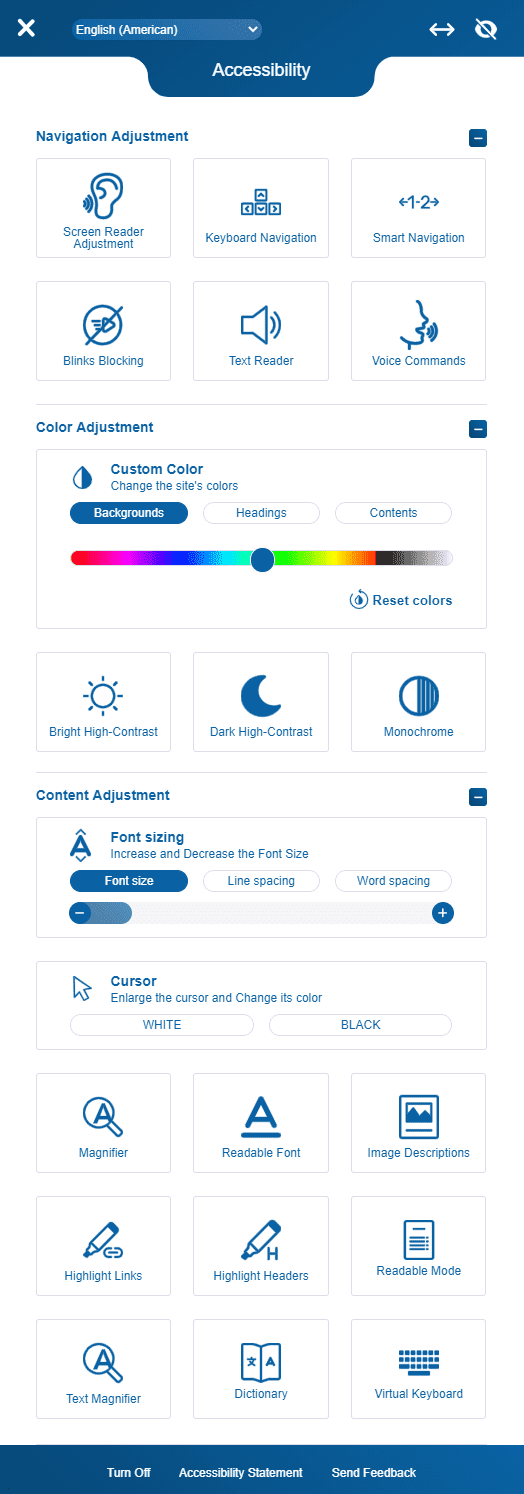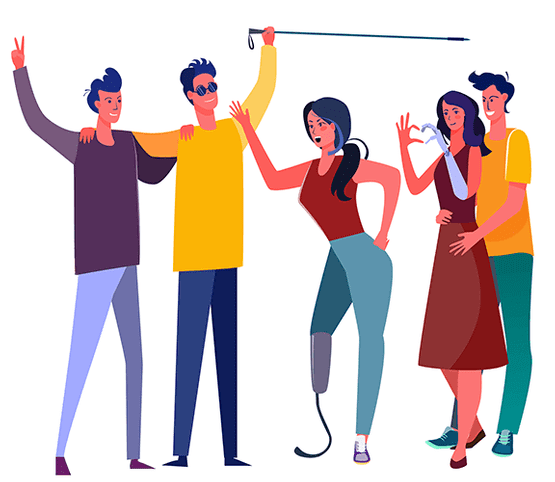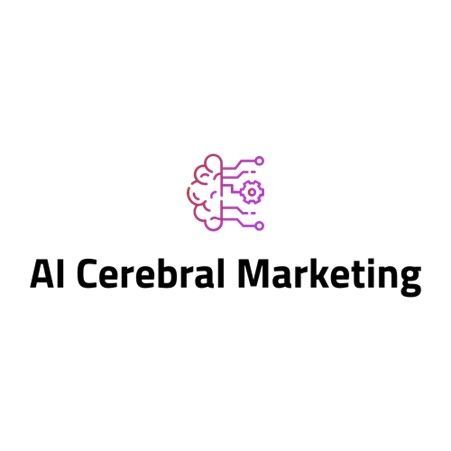If your business falls under the physical ADA law such as stores, restaurants, hotels, movie theaters, museums, and doctor’s offices, etc, it now falls under the website accessibility law as an extension of the business.
Make your website ADA compliant
WCAG 2.1, ADA, Section 508 and EN 301549 compliance
Full compliance - guaranteed ADA certificate & year round protection
1 easy step – just insert one-line-of-code and we will do the rest
Become Disability friendly - open your website for everyone
It's the law - protect yourself from lawsuits
Avoid $75K-$150K in fines
Making your website ADA compliant is the law. Watch this short explainer video:
Supreme Court Rules ADA
Protections Apply to Websites
In light of the U.S. Ninth Circuit Court of Appeals ruling holding that the ADA protects access not just to restaurants and stores but also to the websites and apps of those businesses, web accessibility is no longer optional. If your website isn’t already accessible—so people with disabilities of hearing, movement, sight, and cognitive ability can use it—making it accessible is essential in your 2024 digital strategy.


All other businesses currently fall under the Human Rights Act, which stipulates any person deserves access to public venues, and all websites are public. So even if you're a sole proprietor in the service sector, you can easily get sued.

All businesses with 15 and more employees!
How are we helping?
Meet accessibility regulations with the quickest and most cost effective method available!
Text Reader
The text reader is a built-in widget that reads textual content in documents. It's designed for users who have difficulty reading text or those with ADD Attention Deficit Disorder.) The user can control the reading flow with the mouse or keyboard, adjust the reading rate, and change the sound pitch.
Keyboard Navigation
Many users with motor disabilities have difficulty using a mouse; and blind or visual impaired users routinely use keyboard navigation. The Keyboard Navigation function meets the WCAG 2.0 standard requirements and provides full accessibility enabling users to navigate through pages using the keyboard alone.
Blinks Blocking
This tool is for users who are susceptible to seizures caused by strobing, flickering, or flashing effects as well as users with learning disabilities. The Blinks Blocking tool eliminates any graphics, news-tickers, marquees, galleries, auto-play, or other animations which may be distracting or cause a photo-epileptic seizure to occur.
Monochrome, Dark High Contrast, Bright High Contrast
In accordance to the WCAG 2.0 guidelines, this tool provides 3 different contrast display options that enable changing the text and background color so that it can be easily read by a user with a visual impairment.
Accessibility Toolbar Additional Functions:
Increase Font Size, Decrease Font Size, Readable Font.
This tool package allows users with low visual impairments the option to increase or decrease text size or to select a basic, simple, easily-readable font without the loss of readability or functionality.
Image Descriptions
Images and graphics make the surrounding content easier to understand. The WCAG 2.0 states that all non-text content should have a text alternative that provides an equivalent meaning as the image. The image description tool follows section 1.4.5 of the WCAG Success criterion to make sure that image information is displayed prominently and the intended concept or meaning of the image is made clear to the users.
Other functionalities to improve usability for low vision users includes: a large white cursor, large black cursor, links and header highlighters.
These suite of accessibility tools, all packaged in one easy-to-install widget, meets the WCAG 2.0 specified conformance level "Triple - A" guidelines.

"Increase the amount of users you can service. 71% of web users with a disability will simply leave a website that is not accessible to them"

According to a report from the U.S. Census Bureau, 51 million people in the US aged 15 and older have a disability:
19.9 million have difficulty lifting or grasping, impacting use of a mouse or keyboard;
and
8.1 million have a visual disability; they might rely on a screen magnifier or a screen reader, or might have a form of color blindness.
The Census Bureau also reports that 7.6 million have a hearing disability; they might rely on transcripts and/or captions for audio and video media.
By making digital content accessible, your organization can reach more customers, increase customer satisfaction, and gain a competitive edge over those who don’t include accessibility features.
Contact us today to get started for free!
Make your site accessible for people who need it, increase the amount of potential buyers, and avoid expensive lawsuits!
Contact Us
We will get back to you as soon as possible.
Please try again later.






